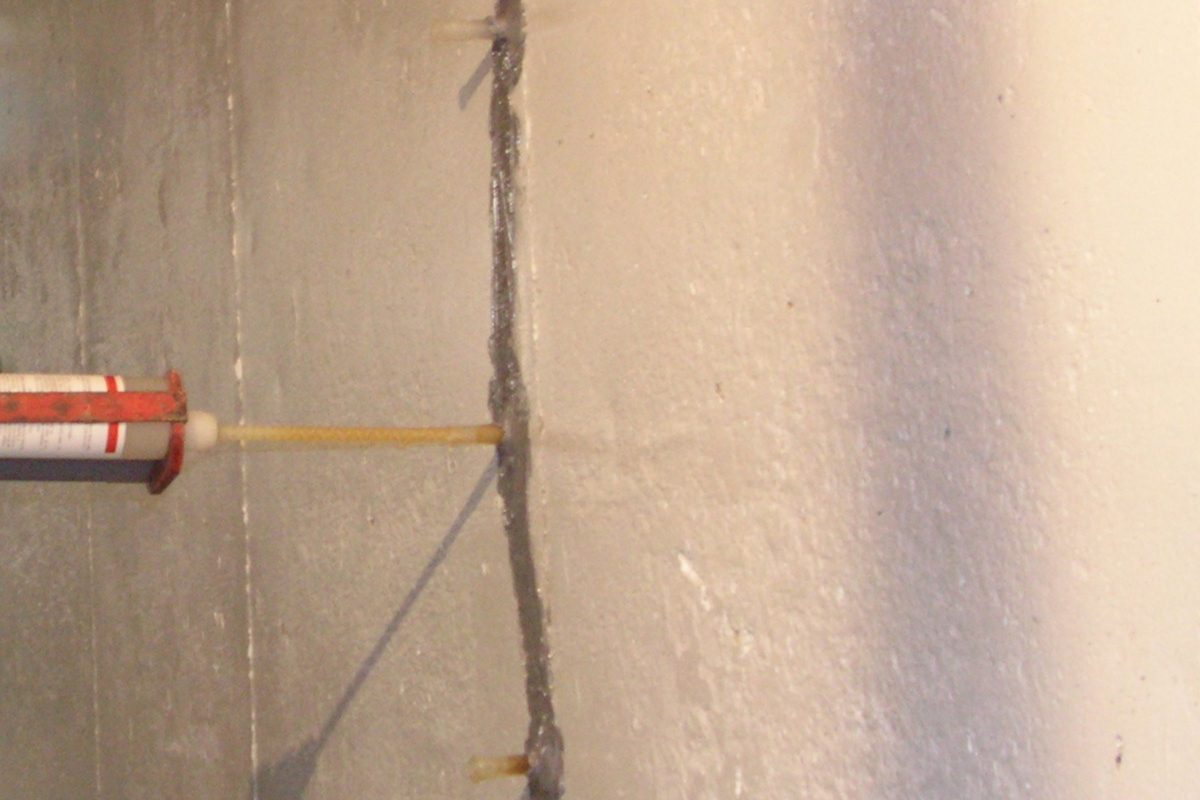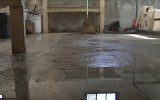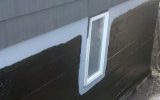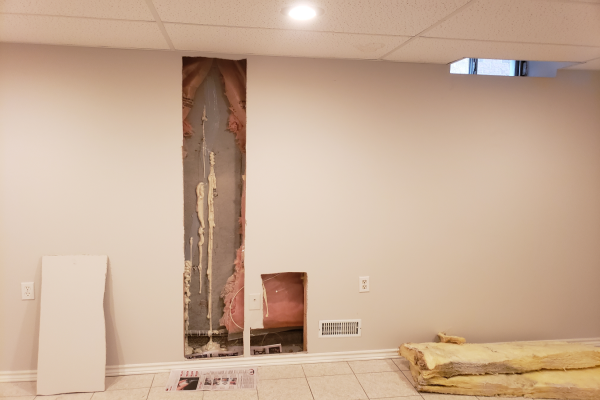In this post we will discuss how foundation cracks in poured concrete foundations are repaired; if you need advice about fixing a crack in a concrete block / cinderblock foundation click on this hyperlink: Concrete crack repair and if you are worried, check out: You have cracks in your block foundation, should you be worried?
If you’re reading this article you probably have a foundation crack in your basement which is either leaking or otherwise of concern to you. In the vast majority of cases, repairing a crack in your foundation is quick and relatively inexpensive.
How foundation cracks used to be fixed
In the past , the most common way to fix or seal a crack was to “V it out and fill it”. This method of foundation crack repair involved the use of a chisel in order to create a “V” shape a couple inches deep followed by filling the “V’d” out wider crack with hydraulic cement. This repair isn’t long lasting or always effective because the chemical bond between the existing foundation concrete and the hydraulic cement isn’t very strong. At some point water begins seeping out of the foundation crack where the hydraulic cement meets the foundation concrete. Another problem with this method is that it truly involves damage to the foundation and is very labour intensive and hazardous to the eyes and hands when using a chisel.
Examples of foundation cracks repaired using hydraulic cement
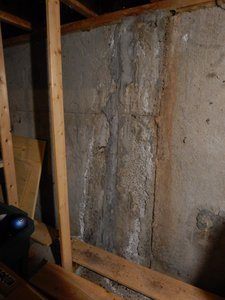
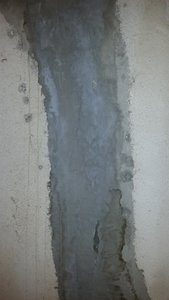
Today, the vast majority of foundation cracks are fixed by the pressurized injection of resins into the crack; this process is referred to as crack injection. Of course it is possible to waterproof, but not fix, a crack by exterior excavation and waterproofing of the basement wall and sealing the crack on the exterior; but this foundation crack repair method is more costly and definitely destructive to landscaping.
How foundation cracks are repaired today
Among homeowners, foundation crack injection has become the preferred method for interior foundation crack repair. The two main reasons are the low cost of injection crack repairs and the short time it takes (typically 90 minutes). The two types of injection used for residential foundation crack repair are “Epoxy Injection” and “Urethane Injection” or “Polyurethane Injection” (the process is also sometimes incorrectly referred to as “Injection Moulding”).
The crack injection process consists of sealing the crack on the inside with an epoxy paste and injecting a resin under pressure (epoxy or polyurethane) which fills the entire crack all the way through the foundation. As a result, the process causes the crack to disappear.
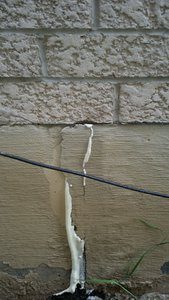
The beauty of this type of crack repair is that no repair is needed on the outside. Polyurethane is the most common material used for crack injection because it can be used on actively leaking cracks, it is flexible, it cures quickly and can be used at any temperature.
It should be noted that epoxy crack injection, while generally less available, is typically used for structural foundation crack repair.
Fixing wide foundation cracks
We define a large crack as being any crack greater than 3mm wide at any point along the crack’s length.
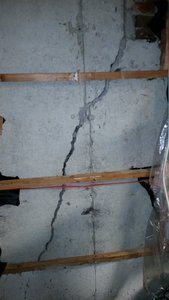
When cracks are wide, as in the picture above, they require stabilization and the attention of an expert in crack injection. Trying to fill this crack with just any resin is futile because the resin will drain out of the crack on the outside. We have appropriate resins to undertake this type of repair if we determine that injection is a viable repair for a given crack.
Worried about how much a foundation crack repair costs? Check out: The cost of epoxy and polyurethane crack injection

